Ants in my plants! Ants in my plants!
Linnea Lahlum
last month
Featured Answer
Sort by:Oldest
Comments (16)
Related Professionals
Maple Valley Landscape Architects & Landscape Designers · Kyle Landscape Architects & Landscape Designers · Simi Valley Landscape Architects & Landscape Designers · Waterbury Landscape Contractors · Brandon Landscape Contractors · Fishers Landscape Contractors · Homewood Landscape Contractors · Los Banos Landscape Contractors · Milton Landscape Contractors · Peoria Landscape Contractors · Richmond Landscape Contractors · Reisterstown Landscape Contractors · East Norriton Landscape Contractors · Clinton Township Interior Designers & Decorators · Livingston Handymangardenfanatic2003
last monthMichele Rossi
last monthtapla (mid-Michigan, USDA z5b-6a)
last monthgardenfanatic2003
last monthgardenfanatic2003
last monthtapla (mid-Michigan, USDA z5b-6a)
last monthgardenfanatic2003
last monthlast modified: last monthtapla (mid-Michigan, USDA z5b-6a)
last monthMichele Rossi
last monthgardenfanatic2003
last monthlast modified: last monthtapla (mid-Michigan, USDA z5b-6a)
last monthLinnea Lahlum
4 days agogardenfanatic2003
4 days agotapla (mid-Michigan, USDA z5b-6a)
4 days ago
Related Stories

GARDENING GUIDESInvite Mining Bees to Your Garden by Planting Their Favorite Plants
Look for mining bees (Andrena) pollinating woodland wildflowers in U.S. gardens this spring
Full Story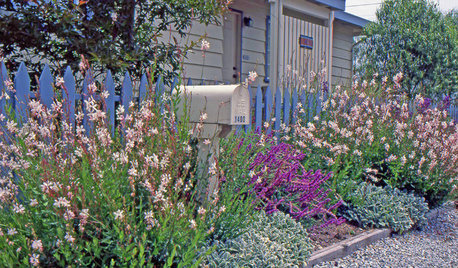
GARDENING GUIDESGreat Design Plant: Gaura Lindheimeri
Delicate, butterfly-shaped flowers ‘float’ above the foliage of this lovely, drought-tolerant perennial
Full Story
EDIBLE GARDENSGarden BFFs? Why Your Vegetables Are Begging for Companion Plants
Foster friendships among plants for protection from pests, pollination support and color camaraderie
Full Story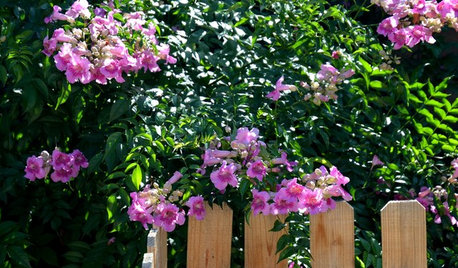
PINK FLOWERSGreat Design Plant: Pink Trumpet Vine Heralds Vibrant Color
Announce your landscape beautification efforts with this flowering vine that perks up hot, dry gardens
Full Story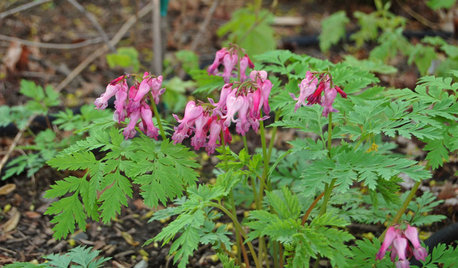
GARDENING GUIDESGreat Design Plant: Dicentra Eximia Brightens Shady Gardens
This North American bleeding heart species blooms from spring to fall and welcomes bees and hummingbirds
Full Story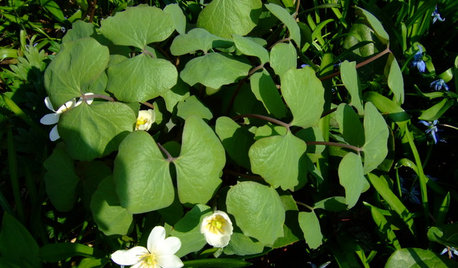
GARDENING GUIDESGreat Design Plant: Jeffersonia Diphylla
The long-lasting foliage of this eastern North American native excels at filling in a shady garden
Full Story
ARBOR DAY8 Reasons to Plant a Great Tree
Beauty is its own reward, but the benefits of planting the right tree in the right place go way beyond looks
Full Story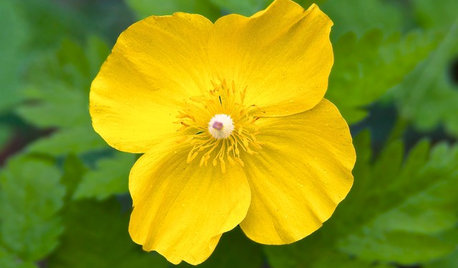
GARDENING GUIDESGreat Design Plant: Stylophorum Diphyllum
Appalachian native celandine poppy’s flowers and foliage combine to brighten a woodland garden well into summer
Full Story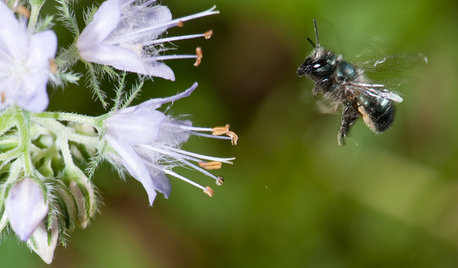
NATIVE PLANTSGreat Design Plant: Hydrophyllum Virginianum
This reliable, shade-tolerant native plant provides spotted foliage and clusters of pink flowers in eastern U.S. woodland and shade gardens
Full Story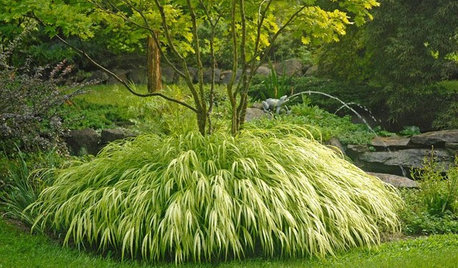
PRODUCT PICKSGuest Picks: 20 Gorgeous Perennials to Plant Now
Take advantage of warm spring weather to create a colorful garden with blooming plants, succulents and ornamental grasses
Full StoryMore Discussions






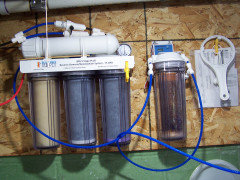



tapla (mid-Michigan, USDA z5b-6a)